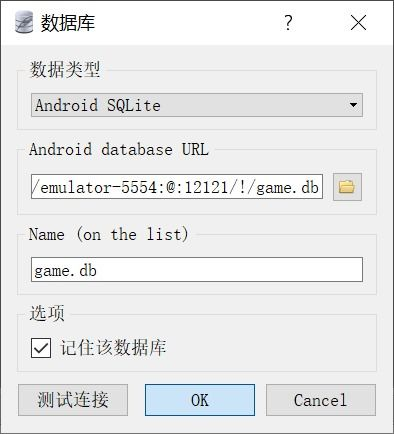Connecting to MySQL Database Using Python, A Comprehensive Guide
Understanding MySQL Connection Basics
Connecting to a MySQL database from Python requires a clear understanding of MySQL connection basics. MySQL is a popular database management system that allows users to create, manage, and organize data. Python comes with several libraries that can facilitate these connections, with the most common being MySQL Connector and SQLAlchemy. Each of these libraries has its unique methodologies for handling connections, but they ultimately serve the same purpose: enabling Python applications to interact with MySQL databases.
When establishing a connection, several pieces of information are necessary, including the database's host (server address
), the user account used to access the database, the password for that account, and the specific name of the database you wish to connect to. Once the connection is established, developers can execute SQL commands to manipulate and retrieve data effectively.
Using MySQL Connector for Python
The MySQL Connector/Python is an official Oracle-supported driver that allows access to MySQL databases. To get started, it must be installed if it hasn’t been already. This can be achieved using pip:
pip install mysql-connector-python
After the installation, you can use the following code snippet to connect to your MySQL database:
```python
import mysql.connector
# Establishing the connection
connection = mysql.connector.connect(
host="your_host",
user="your_username",
password="your_password",
database="your_database"
)
# Checking if the connection was successful
if connection.is_connected():
print("Successfully connected to the database")
else:
print("Connection failed")
```
This connection setup is fundamental. After successfully connecting, various operations can be performed, including executing queries, inserting data, and much more. Don’t forget to close the connection when you're done by calling `connection.close()` to free resources.
Using SQLAlchemy for More Advanced Operations
For developers seeking a more robust solution, SQLAlchemy offers an ORM (Object-Relational Mapper) that abstracts the database interaction process. First, ensure you have SQLAlchemy and the MySQL driver installed:
pip install sqlalchemy mysqlclient
Below is an example of how to create a connection using SQLAlchemy:
```python
from sqlalchemy import create_engine
# Replace these values with your actual database information
engine = create_engine("mysql://username:password@host/database")
# Connect to the database
connection = engine.connect()
# Performing queries
result = connection.execute("SELECT FROM your_table")
for row in result:
print(row)
# Closing the connection
connection.close()
```
SQLAlchemy provides a higher-level framework for database connections, supporting complex queries and migrations. It is particularly beneficial in applications where ORM is necessary.
In summary, connecting Python to a MySQL database is an essential skill for data manipulation and retrieval. This guide presented two popular methods: using MySQL Connector and SQLAlchemy, explaining installation and connection processes, along with basic usage examples. These tools allow developers to effectively manage and interact with their databases in a seamless manner.





